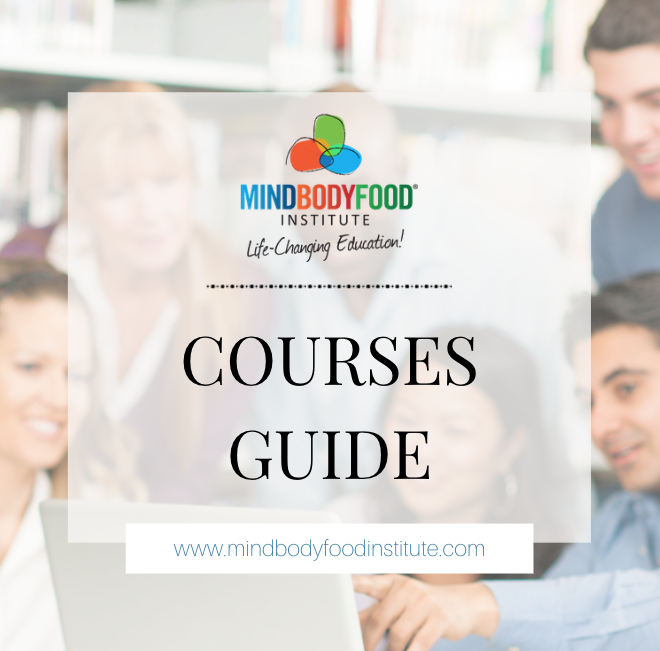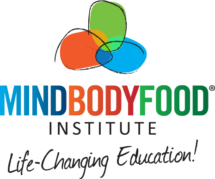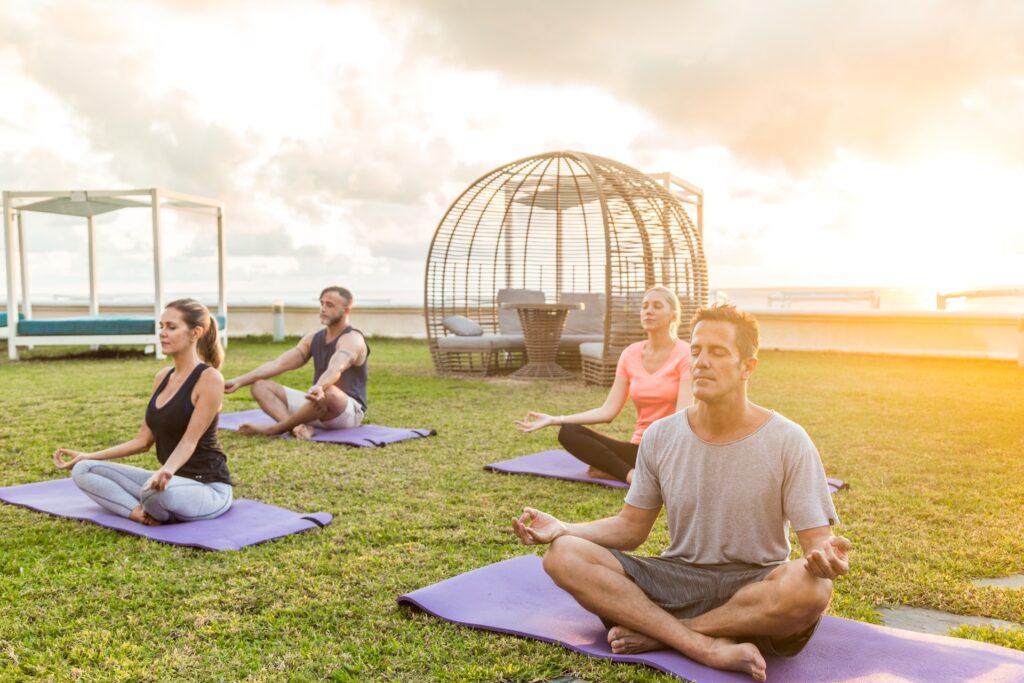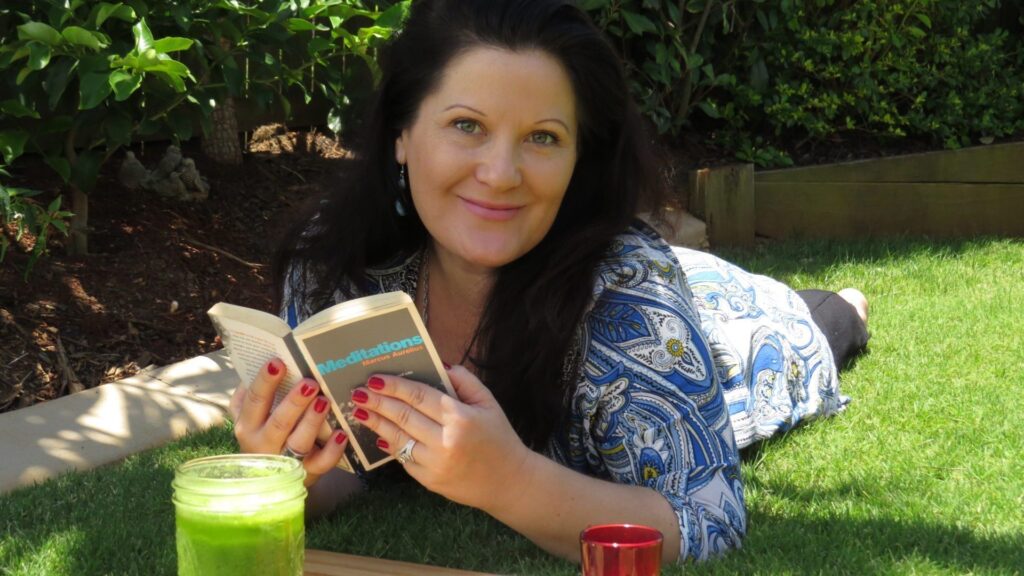In the simplest terms, anxiety is caused by an overload of fear and doubt in the thinking mind, which in turn neuro-chemically and physically activates the autonomic nervous system’s ‘fight, flight, freeze’ response in response to certain triggers i.e. sensations, perceptions, meanings, memories.
Our fears drive our thoughts, and our thoughts and behaviours create our emotions. Through repetitive stimulus, certain thoughts, feelings and behaviours condition the nervous system to become overstimulated and stuck in the ‘ON’ switch.
When we become sensitive to these unconscious and habitual patterns driving our fear-based reactions, the nervous system becomes overstimulated and on ‘high alert’, thereby becoming conditioned to react with hyperactivity (or shutdown/freeze when related to trauma and overwhelm) in response to similar triggers.
The more our autonomic system and mind learns to respond to past experiences or future fears, the greater influence this has in overriding our logic and reasoning, instead defaulting to the same overstimulated response from the limbic brain (which includes threat perception in the amygdala), continually increasing our experience of stress and anxiety within the bodymind.
The quickest way to step out of this pattern is by learning how to pull your bodymind out of the past or future, back into the present moment, and bring yourself into the safety of present moment awareness. Utilising the breath and our five senses can bring our prefrontal cortex – our thinking mind – back online to exert top down control and help cultivate a sense of safety within our neurophysiology.
When you continually develop awareness of the early warning signs, you can practice effectively disrupting the old pattern and bringing awareness and acceptance through your breath.
There are various breathing techniques such as box breathing (counting in for four, holding for four, out for four, holding for four), double inhale/long exhale, and yoga nidra.
However, the easiest technique to employ is simply conscious, focused diaphragmatic breathing – also known as ‘belly breathing’ where the breath is drawn down into the lungs, expanding the diaphragm and massaging vital organs. This is designed to replace ineffective shallow breathing into the chest, which mimics fear and shock by short, sharp inhales not producing enough fresh oxygen for calm, clear thinking.
Practice now in 4 simple steps:
- Breathe in deeply, down into the belly. Keep your shoulders relaxed and still – they aren’t needed for breathing.
- Exhale slowly to even your inhale. It’s often helpful to count your breath in and out to ensure a slow, even cycle that directs your focus away from the stressful or worrying reactive thoughts that are manifesting in your body and into the positive effects of conscious and mindful breathing.
- Tune into your senses and notice what connects you to the support of the ground…
- Feel the support of the surface underneath you.
- Expand that awareness to what you can see around you that reminds you where you are right now.
- Then listen to what compliments your sight and focus on nearby and far sounds.
- Aim to hear your own breath.
- Feel into your heartbeat.
- Then breathe into your heart space, connecting you to the sights and sounds around you.
- Breathe into the air and notice your breathe slowing down with a gentle ebb and flow.
- Notice the feeling of the ground underneath you again.
- Then deepen your senses with the taste in your mouth, on your tongue, in the air.
- Breathe deeper.
- Move your focus into your body and begin to settle your being right there, in your body, in the moment.
- Notice the shift in your mood and state.
- In times of panic and no real threat, consciously remind yourself that you are safe. Say out loud, “Right now, in this moment, I am safe and all is well”. You can even focus on an instructional phrase, such as “I am breathing in, I relax as I exhale”. Naming our experiences utilises different cortical regions in the brain involved in higher thinking and problem solving, thereby reducing reactivity and habitual reactions in the threat perception region.
When you interrupt the anxiety before it takes hold of you completely, you are able to consciously:
- slow your heart rate.
- calm your nervous system.
- lower blood pressure.
- reduce panic.
- relax muscles.
- quiet your reactive mind.
- become conscious and aware in the moment.
- choose how you want to feel.
- release and replace conditioned patterns.
It does take effort to instil this pattern interrupt and develop conscious and mindful observation, whilst also accepting your feelings and sensations as they arise. It’s a process that needs to be practiced daily to build autonomic capacity and emotional flexibility in dealing with uncomfortable situations or feelings that would otherwise automatically signal an anxiety response.
As you gradually increase your conscious awareness, your reactive thinking gets stopped in its’ tracks, disrupting the chemical and hormonal cascade that would otherwise follow and lead to hyperarousal or overwhelm in your autonomic nervous system
Even though the habit of conscious breathing won’t happen overnight, the act of bringing of yourself back into the present moment to experience calm and conscious awareness can happen instantly.
Without the full force of reactivity, your nervous system can relearn how to calm itself through conscious awareness, diaphragmatic breathing and activation of the parasympathetic nervous system (relaxation response), moving you out of the sympathetic, fear-based stress response.
With conscious repetition of these breathing practices you can begin to rewire your brain to change the reality of your experience, and therefore the experience of your nervous system.
Get your mind on board to help you visualise the new reality you’d like for yourself through mind-body tools like visualisation, meditation, heart awareness and progressive muscle relaxation exercises.
I teach these tools to nearly all my clients, with and without anxiety, and they have transformed their experience and enjoyment of life by creating a new reality, a new state, and a new energy and consequently, taken life into their own hands.
Featured image by Isabela Drasovean on Unsplash.
Author:
Viki Thondley
Viki Thondley-Moore is an Integrative Holistic Counsellor, Brain-Based Coach, Clinical Hypnotherapist, Mind-Body Somatic Practitioner, Wellness Coach, Meditation Teacher, Educator and Disordered Eating Specialist. Viki is founder of MindBodyFood and Founder/Director of the MindBodyFood Institute.
DOWNLOAD OUR COURSES GUIDE
Learn More About Our Course Offerings and Discover Which New Wellbeing Career Best Suits Your Passion!








